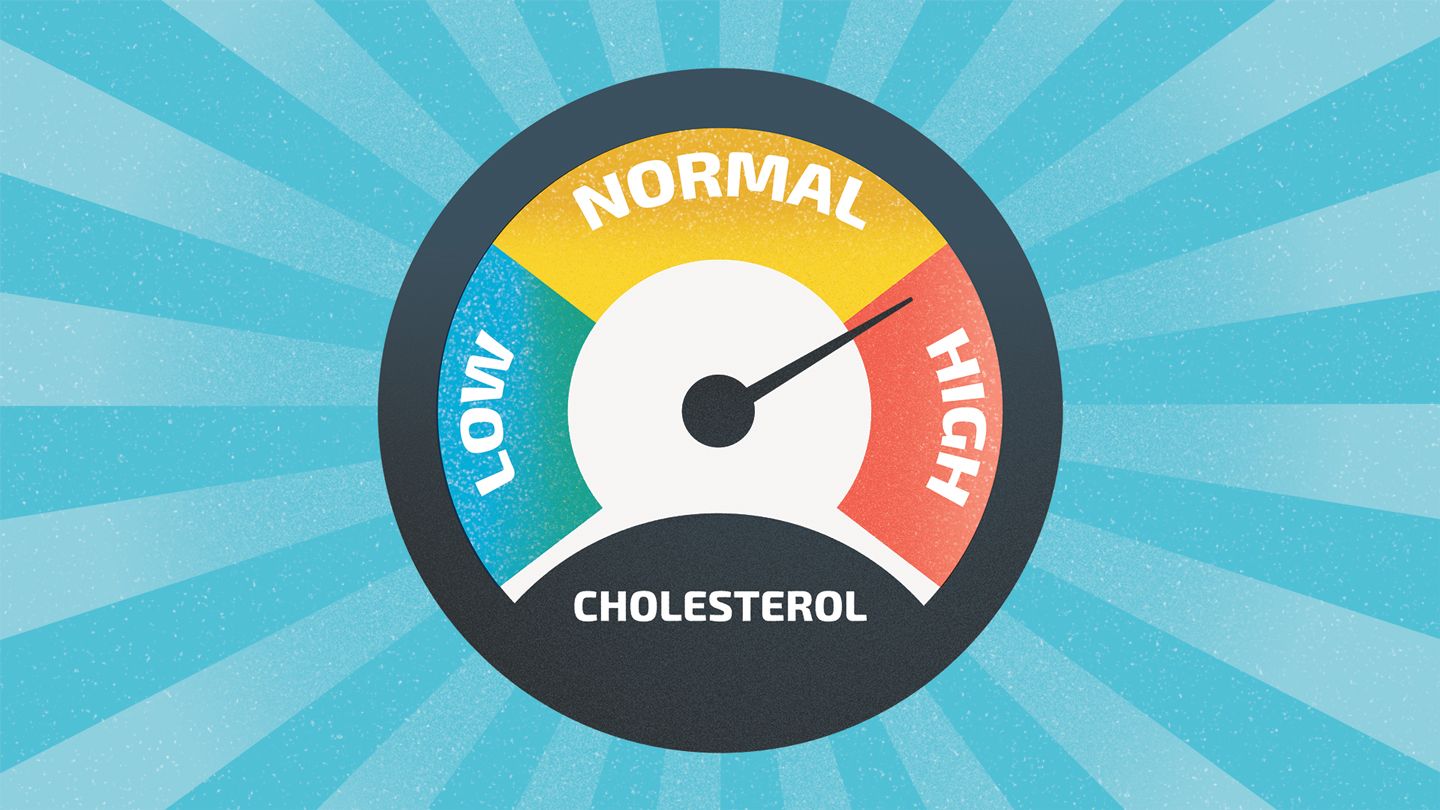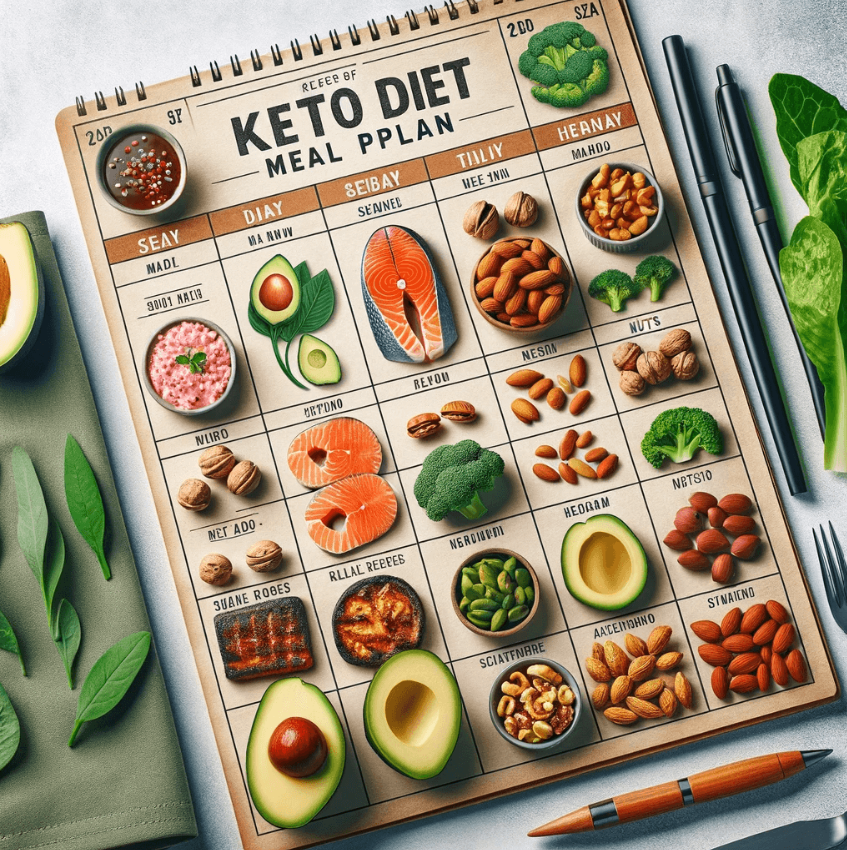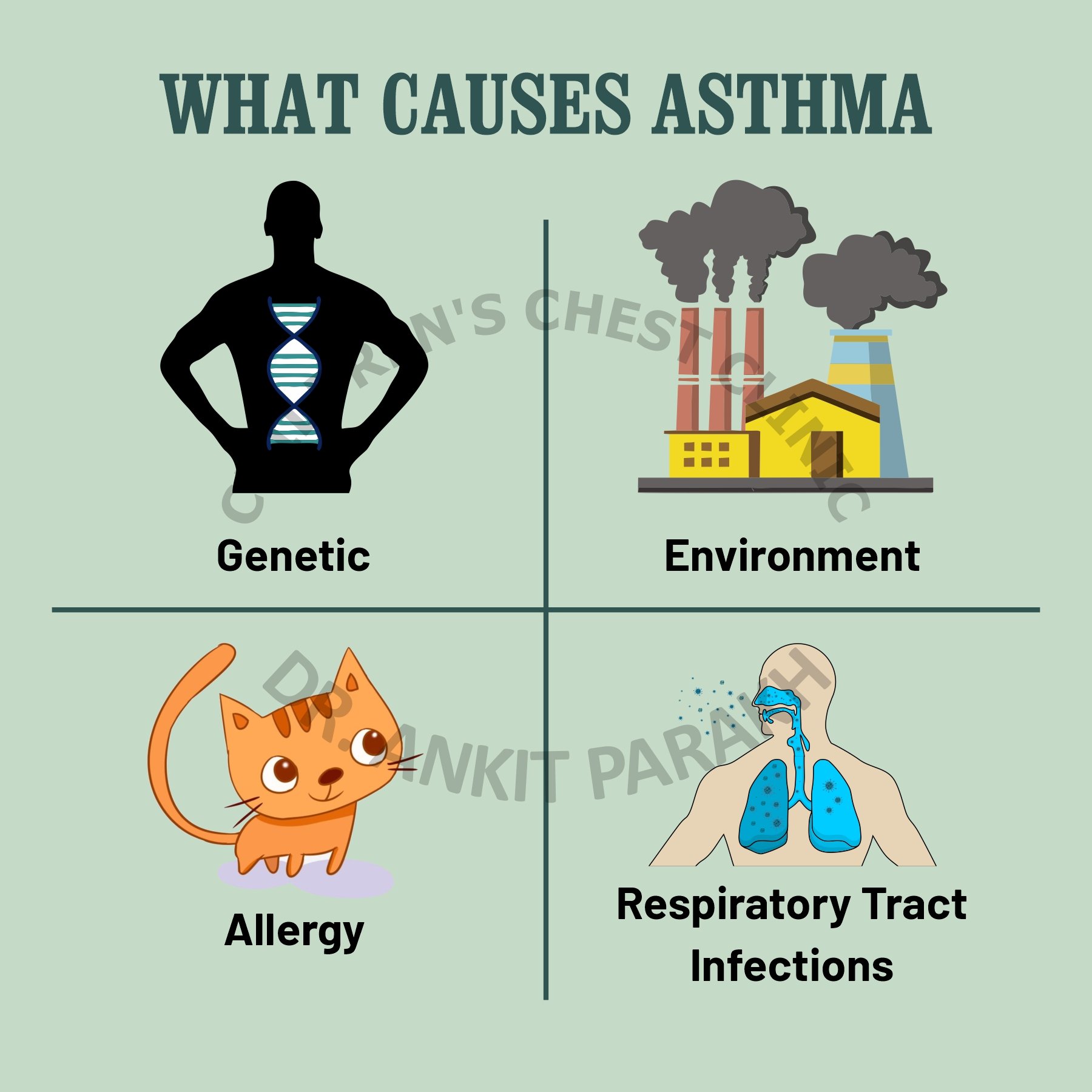1. Introduction
Importance of a Healthy Diet
Consuming a healthy diet is essential for maintaining overall health and well-being. A balanced and nutritious diet plays a critical role in preventing malnutrition in all its forms, which includes undernutrition and micronutrient deficiencies. Furthermore, a healthy diet is a key factor in reducing the risk of noncommunicable diseases (NCDs) such as heart disease, diabetes, and various forms of cancer. These conditions are among the leading causes of death and disability worldwide.
Evidence suggests that up to 80% of premature heart disease and stroke can be prevented through dietary choices and physical activity. By adopting a healthy eating pattern, individuals can significantly lower their risk of developing these chronic conditions. This involves consuming a variety of foods that provide essential nutrients, maintaining an appropriate energy balance to support a healthy weight, and avoiding excessive intake of harmful substances such as trans fats, free sugars, and salt.
In summary, a healthy diet not only prevents malnutrition but also serves as a powerful tool in combating the onset of NCDs, ultimately contributing to a longer and healthier life.
2. General Principles
Balanced Diet
A balanced diet is foundational to maintaining good health and preventing disease. It involves consuming a variety of foods in the right proportions to provide the essential nutrients needed for optimal body function. This means including a diverse range of food groups in your daily meals to ensure you are getting a broad spectrum of vitamins, minerals, proteins, fats, and carbohydrates.
Reducing the intake of processed foods is crucial, as these often contain high levels of salt, sugars, and unhealthy fats. Processed foods can contribute to the development of health issues such as obesity, hypertension, and cardiovascular diseases. Instead, focus on whole foods like fresh fruits, vegetables, whole grains, lean proteins, and healthy fats.
It’s important to recognize that individual dietary needs can vary based on several factors including age, gender, lifestyle, and cultural context. For example, the dietary requirements of a physically active young adult will differ from those of a sedentary elderly person. Cultural and locally available foods also play a significant role in shaping a healthy diet, emphasizing the need for personalized dietary planning.
Incorporating these general principles into daily life ensures that dietary practices are both balanced and tailored to individual needs, promoting overall health and well-being.
3. Key Components of a Healthy Diet
3.1 Fruits and Vegetables
Daily Intake:
- Consume at least 400g (five portions) of fruits and vegetables daily.
- Fill half your plate with vegetables and fruits at every meal and snack.
Benefits:
- Fruits and vegetables are rich in vitamins, minerals, dietary fiber, plant protein, and antioxidants.
- Regular consumption lowers the risk of obesity, heart disease, stroke, diabetes, and certain cancers.
Serving Sizes:
- 80g fresh, canned, or frozen.
- 30g dried (at mealtimes).
- 150ml fruit juice/smoothie (limited to one portion per day).
Practical Tips:
- Include vegetables in meals.
- Eat fresh fruit and raw vegetables as snacks.
- Choose seasonal produce.
- Add variety to your fruit and vegetable choices.
3.2 Whole Grains and Starchy Foods
Daily Intake:
- Whole grains and starchy foods should constitute just over a third of your daily intake.
- Examples include whole grain bread, brown rice, quinoa, oatmeal, wholemeal pasta, and potatoes with skins.
Benefits:
- High in fiber, protein, B vitamins, and other essential nutrients.
Practical Tips:
- Base your meals on higher fiber starchy foods.
- Choose whole grain options over refined grains.
- Include whole grains in every meal.
3.3 Proteins
Sources:
- Legumes, nuts, seeds, tofu, fortified soy beverages, fish, shellfish, eggs, poultry, lean meats, and lower-fat dairy products.
- Include plant-based proteins more often.
Benefits:
- Essential for building and maintaining bones, muscles, and skin.
- Rich in vitamins and minerals, including iron, zinc, and B vitamins.
Practical Tips:
- Eat protein daily.
- Aim for at least two servings of fish weekly.
- Choose lean meats and lower-fat dairy options.
- Fill a quarter of your plate with protein foods.
3.4 Fats and Oils
Recommendations:
- Fats should be less than 30% of total energy intake.
- Prefer unsaturated fats (vegetable oils) over saturated and trans-fats.
- Limit industrially-produced trans-fats and saturated fats to less than 10% and 1% of total energy intake, respectively.
Sources:
- Unsaturated oils: canola, olive, peanut, safflower, sesame.
- Avoid partially hydrogenated oils and tropical oils.
Practical Tips:
- Use unsaturated oils.
- Avoid frying foods.
- Choose reduced-fat dairy and lean meats.
- Limit processed snacks.
3.5 Sugars
Recommendations:
- Sugars should be less than 10% of total energy intake, ideally below 5%.
Sources to Limit:
- Sugary snacks, sugar-sweetened beverages, fruit juices, and flavored coffees.
Practical Tips:
- Choose fresh fruits over sugary snacks.
- Avoid sugary drinks.
- Opt for water and unsweetened beverages.
3.6 Salt and Sodium
Recommendations:
- Salt intake should be less than 5g per day.
Practical Tips:
- Limit high-sodium condiments and processed foods.
- Choose lower-sodium products.
- Increase potassium intake through fruits and vegetables.
4. Special Considerations
4.1 Breastfeeding and Early Nutrition
Recommendations:
- Exclusive breastfeeding for the first 6 months.
- Continue breastfeeding up to 2 years or more.
- Introduce complementary foods at 6 months without added salt and sugars.
4.2 Hydration
Recommendations:
- Drink plenty of fluids (6-8 glasses a day).
- Prefer water, tea, and unsweetened lower-fat milk.
Practical Tips:
- Keep a reusable water bottle handy.
- Avoid sugary drinks.
- Opt for hydrating beverages.
5. Promoting Healthy Eating Habits
5.1 Practical Advice
Meal Preparation:
- Prepare most meals at home using whole or minimally processed foods.
- Make weekly eating plans for easy meal preparation.
- Use catchy names like “Meatless Monday” for variety.
Portion Control:
- Eat smaller meals more often, with snacks in between.
- Avoid long gaps between meals to prevent unhealthy choices.
Choosing Recipes:
- Include plenty of vegetables and fruits.
- Use frozen or canned unsweetened produce as alternatives.
Avoid Unhealthy Foods:
- Limit sugary drinks, processed snacks, and foods high in saturated fats, sugars, and salt.



